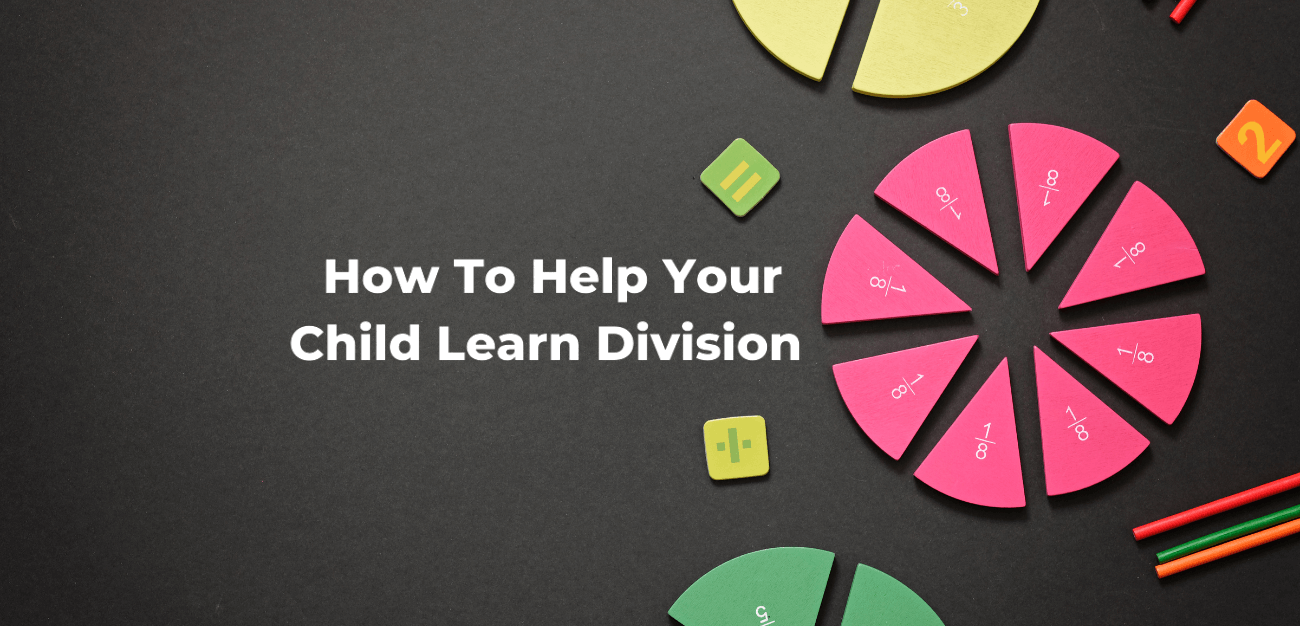If multiplication is the bee’s knees, then division must be the honey (or whatever else bees make!). So, whether your child is a young buckaroo learning to divide for the first time or an older kid who needs some extra practice with this arithmetic concept, this blog post will have you and your kiddo buzzing about mastering division!
Here we’ll discuss helpful tips for introducing kids to division concepts and ways to do so that are fun and educational. We will also dive into math tutoring and whether it is worth it for your child. Let’s get started!
A Confusing Subject
Division can be a confusing subject for children and one that requires plenty of practice. It’s an important skill to learn, as it forms the basis of many other mathematical operations. That’s why it’s essential to find ways to help your child learn division so that they have a strong foundation for future math lessons. Here are some tips and strategies to get your child on the right track.
Break Down Division Into Components
Teaching division can be daunting if you try to tackle the entire concept all at once. Instead, break up division into smaller components, such as figuring out division facts or modelling division with objects. This makes it easier for children to understand the process and helps them focus on each step without getting overwhelmed.
For example, you could start by having your child solve simple divisibility problems using numbers they already know and then move on to practicing factors and multiples before tackling long division.
Make Use Of Visual Aids
Visual aids are incredibly useful when it comes to teaching division because they help children understand what happens when something is divided into equal parts. You can draw diagrams or create models with objects like candy or coins, so your child can physically see how things are divided up. There are also math manipulatives that you can purchase to help your child learn more easily. This will also help them better understand why certain answers make sense mathematically speaking!
An example of using visual aids can include having your child divide candies. If your child is practicing math for grade 4, ask them to divide the candies into equal groups. Then instruct them to either split the candies into two groups of four or four groups of two. Discuss this process and show your child how to write it as a division problem. Repeat this activity several times with other numbers to help your child gain a better understanding of division.
Practice Word Problems
Word problems can be intimidating for anyone – even adults – but if approached correctly, they can become a fun way for children to learn and apply their knowledge of equations related to division concepts.
Try this word problem with your child involving bicycles:
There are 65 bikes in the bike rack outside the school. Out of all the bikes, 31 are silver. Half of the remaining bikes are red.
Estimate how many bikes are red.
Make sure you provide plenty of examples that come in different forms and require your child to think critically about how they should attack the problem at hand before jumping straight into solving mode!
Use Games
Games are not only fun but also an excellent way to reinforce math skills, such as those related to division. Board games such as Monopoly or Boggle encourage players to use counting skills which are helpful when understanding how two numbers interact during a divide-and-conquer calculation scenario (e.g., 4 / 2 = 2).
Puzzles, math videos, apps and online activities all offer additional opportunities for kids to practice their math knowledge in an engaging manner – which increases the likelihood that knowledge gained from doing so will stick!
At Dropkick Math Academy, we believe learning math should be fun and engaging. This is why all of our game-based programs offer children an opportunity to interact easily with our teachers while boosting their confidence in mathematics. Our math tutoring is an alternative to traditional tutoring that only uses textbooks and addresses the problems a child is experiencing at that moment. Our programs set children up with math fundamentals so they have the skills necessary to continue in future grades.
Talk About Real Life Applications
Real life examples provide context, meaning and relevance in learning, which helps students connect more deeply with presented content–including difficult concepts like those related to dividing numbers!
Try discussing situations where knowing how division works comes in handy. This could include sharing equally between friends or dividing tasks among family members. By encouraging your child to think creatively you will also help them harness the power of mental math rather than relying solely on physical manipulations (i.e., pencil & paper) during problem-solving moments.
Of course, applying math in real life will depend on your child’s age. For example, math for grade 4 can include using division in baking to divide recipes, while high schoolers can practice dividing decimals with finances while helping with the home finances.
Learning any new topic can sometimes be challenging. Still, by breaking up topics like division into smaller pieces and exploring its real world applications, you’ll be able to make math concepts more understandable for your child – making learning both enjoyable & effective in turn!
Math Tutoring
If your child struggles with division, they may benefit from math tutoring. Understanding the basics of mathematics is essential for children’s success in more complex math equations. Children who do not learn the root of math can find themselves hindered when attempting to tackle harder equations later in their academic careers. Missing that basic foundation can present a problem when children face arithmetic, algebra, and even calculus because a foundational understanding is necessary for them to progress further academically.
Dropkick Math Academy offers math help services for children who may have a gap in learning. Whether this was caused by missed education from the pandemic or a misunderstanding of mathematics, our programs target the root cause and give children the fundamentals they need to succeed.
Dropkick Math Programs
Our programs are based on the four pillars of math (number sense, operational sense, algebraic reasoning, and proportional reasoning). We use an innovative approach to learning that respects modern scientific understanding of childhood education.
Rather than simply memorizing facts, Dropkick Math Academy encourages students to engage with the subject and strive for a deeper conceptual understanding. Topics are suitably created for each level, so learning is attainable without overloading children, and alternative approaches to concepts allow for maximum engagement and comprehension. Dropkick Math Academy educates by developing student skills and aptitude, creating a well-rounded approach admired by educators across the globe.
Parental Involvement
Division concepts can be confusing to many children, so it’s often best to make sure that you also have full knowledge of your child’s level in relation to their grade. Our programs encourage parents to be involved with their child’s education so they can learn alongside their children.
Still not sure if Dropkick Math would be right for your child? We offer all children a FREE, no-obligation assessment that will allow us to understand where their gaps in learning occur. We are transparent in our assessment and will share the results with parents/guardians so you can make the appropriate decision for your child. Learn more today by visiting our website.





